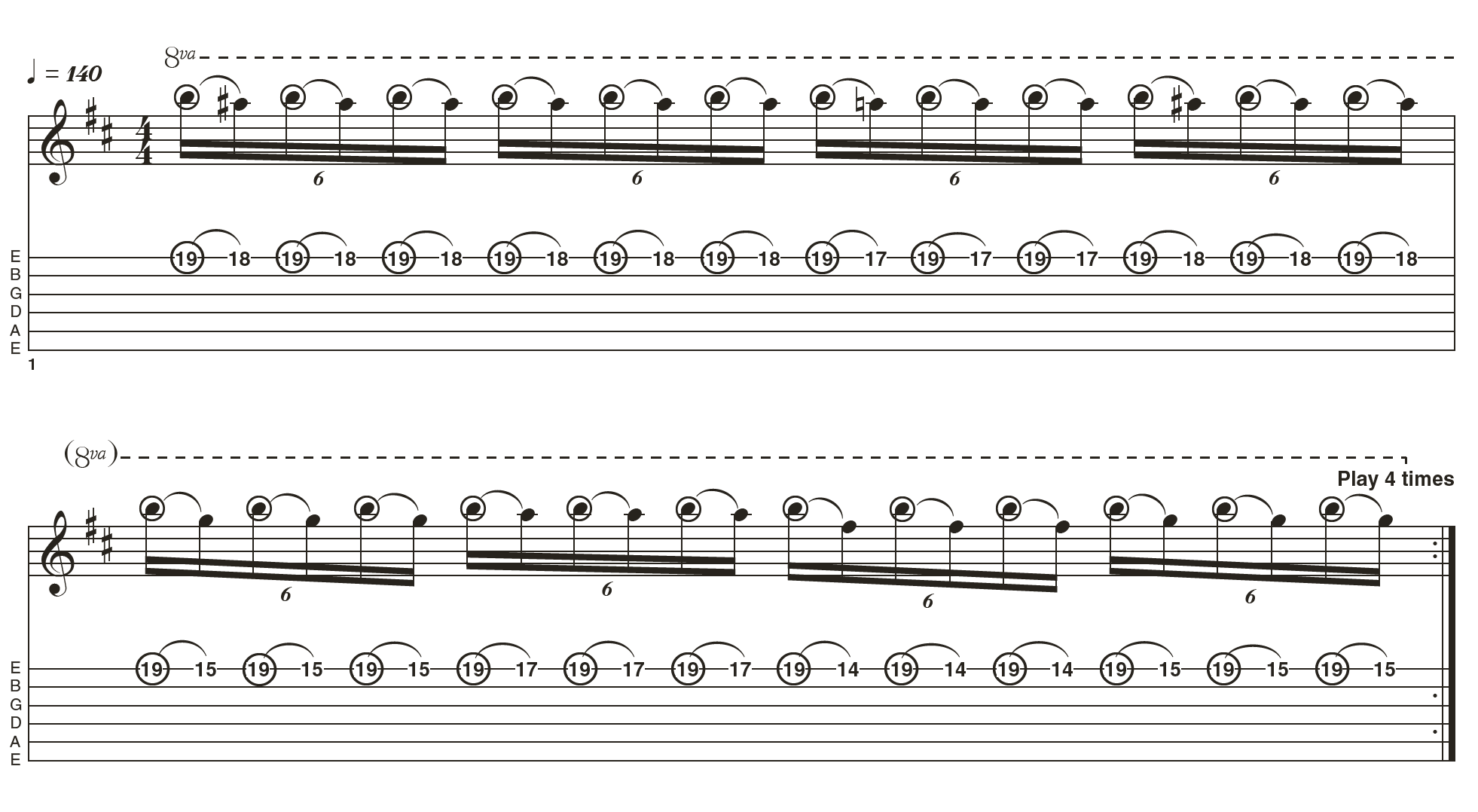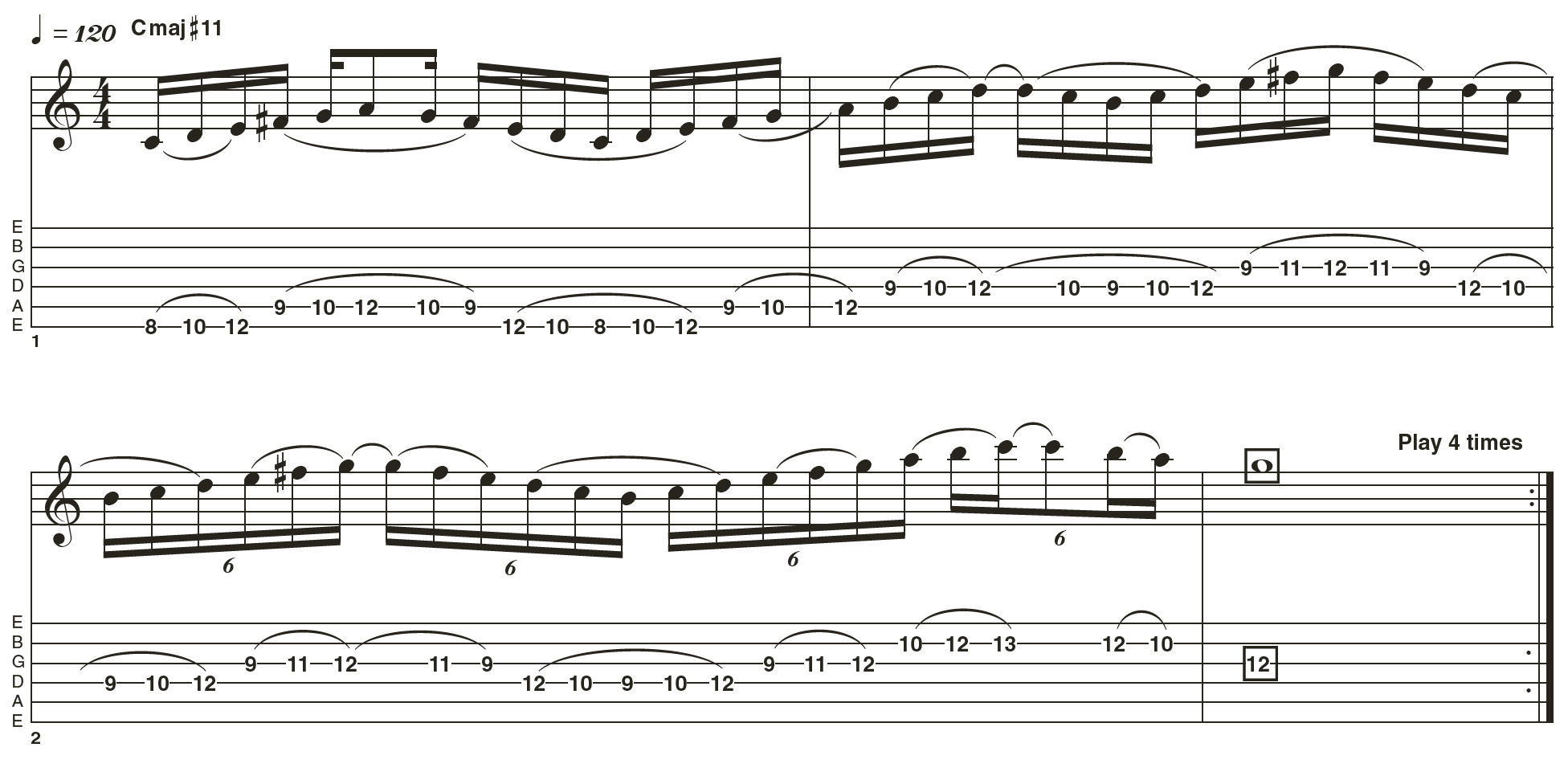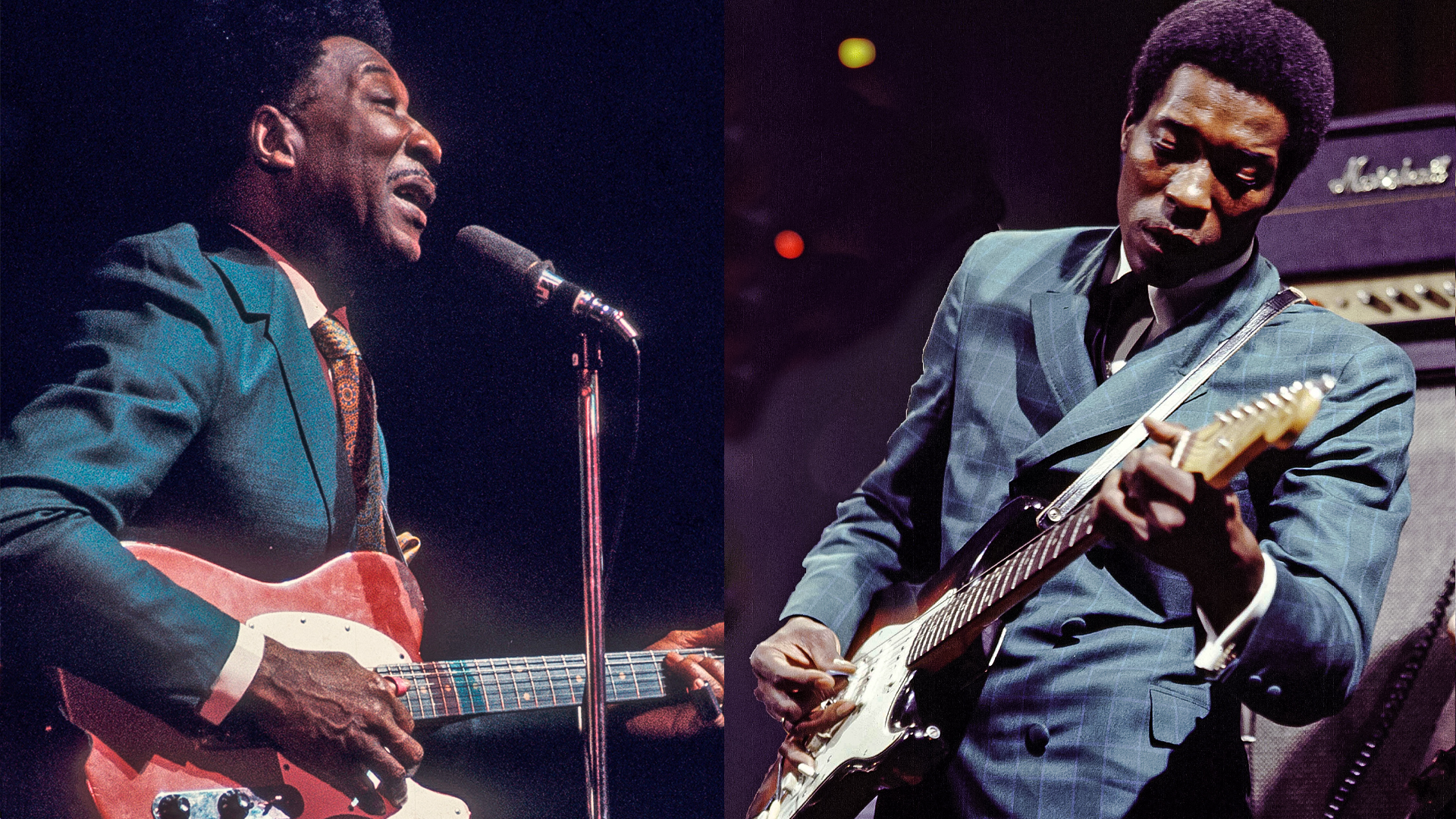How To Shred Like Joe Satriani
As Joe Satriani celebrates his 65th birthday we show you the riffs, licks, tricks and technical approaches of the master

He celebrates his 65th birthday this week (July 15) and he's still at the top of his game. Just last year, in 2020, Joe Satriani released his 17th solo album Shapeshifting and it features the trademark songwriting, melody and smooth legato that has ensured Joe's place as an electric guitar legend since 1986 when he released his debut album Not of This Earth.
Since then there's been other landmark albums like Surfing With The Alien, Flying In A Blue Dream, The Extremist et al, collaborations with artists like Brian May and Ian Gillan, the supergroup Chickenfoot with Michael Anthony, Sammy Hagar and Chad Smith. As well as his creative output, Joe is known as one of rock guitar’s most respected educators, with students Steve Vai, Kirk Hammett, Alex Skolnik and Andy Timmons featuring on his books.
In this lesson we will look at some of the riffs, licks, tricks and technical approaches that permeate Joe’s style. Example 1 is an arpeggiated chord riff that’s very much in the Satriani style. A big part of Joe’s style is his songwriting and the ability to give the composition a strong foundation upon which to apply lead guitar motifs. This riff serves as a picking-hand challenge as picking each string evenly and in perfect time takes practice if you want to do it as well as Joe.
Ability rating: moderate|Key: Various|Tempo: Various
Will improve your: Legato soloing Tapping styles Arpeggio playing
Our second example is a fretting-hand tapping idea based around creating arpeggios along the strings rather than across them as in conventional arpeggio playing. This approach requires us to hammer-on the notes using only the fretting-hand fingers, so accuracy is everything here; with the added challenge of switching between tapped notes and strummed chords.
Example 3 focuses on Joe’s high-speed pick tapping. For this technique Joe uses the edge of his pick, to rapidly and repeatedly tap a note while adding a melody with the fretting hand. This is a unique sound, more defined and clean than traditional finger tapping.
Example 4 is a look at Joe’s slippery legato lines, which is the most prominent part of his playing. The idea here is to master playing lines which snake their way through scales like liquid metal, with rhythmic phrasing to add musicality.
Our final example is a two-handed chord tapping piece. This is played with a clean sound and uses two fingers on each hand to create interesting, wide interval arpeggios.
All the latest guitar news, interviews, lessons, reviews, deals and more, direct to your inbox!
Example 1
Hold each chord shape and gently rest the side of your palm on the strings at the bridge. Use your pick to play up and down the strings to create the arpeggio. Focus on making the notes even in length as well as all the same volume and tone; playing every note with a downstroke will help with this.

Play along with the tab:
Example 2
Reach over with your picking hand to lightly mute the strings around the 5th fret. Use your fretting hand to hammer on to each note of the arpeggio shape ensuring each is clean and separated from the next. After sliding up to the 10th fret, bring your picking hand back to the pickup area and play four chords strums.

Play along with the tab:
Example 3
Position your pick at the 19th fret and hold it perpendicular to the string, so its side cuts across the string. Now hold your fretting hand third finger at the 18th fret and repeatedly tap with the pick. Keep tapping at the 19th fret and move your fretting hand around, playing notes from B Phrygian: 1-b2-b3-4-5-b6-b7.

Play along with the tab:
Example 4
The Lydian mode (1-2-3-#4-5-6-7) is one of Joe’s favourite sounds. The first two bars use 16th-note phrasing, with a couple of sustained pauses on the 12th fret with the fourth fi nger. In bar 3 the notes speed up to sextuplets with the same fourth finger ‘pauses’ . Keep your fingers light so the notes flow naturally.

Play along with the tab:
Example 5
This chord tapping piece is played with two finger taps, alternating between each hand. Start with first and third fretting-hand fingers and let the notes ring, then add the first and second picking-hand fingers. Once you are comfortable with playing the first four notes, the pattern repeats but with different chord shapes.

Play along with the tab:
This lesson is from a forthcoming issue of our sister magazine Guitar Techniques, issue 325. For more lessons like this, subscribe or buy single issues of Guitar Techniques. For the digital edition, try pocketmags.
